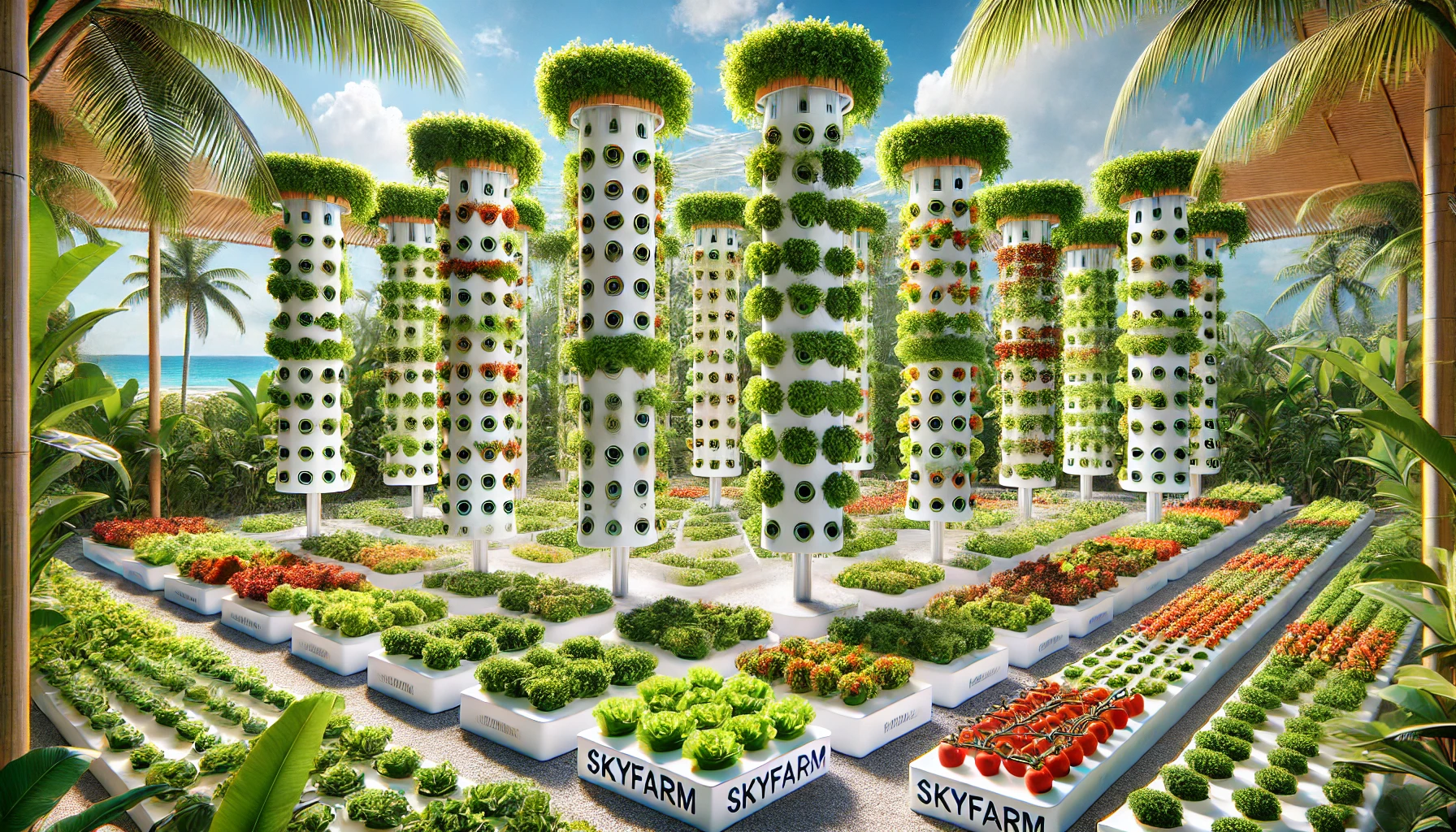Vertical Farming
CULTIVATING FLAVORS IN THE SKIES
VERTICAL FARMING: THE FUTURE OF FOOD PRODUCTION
As the world’s population rises, so does the demand for fresh, high-quality food. Traditional farming alone can't meet this need, but vertical farming is revolutionizing how we grow, using less space, less water, and no pesticides—all while producing more food, faster.

HOW IT WORKS
🌿 SPACE EFFICIENCY
Crops grow in stacked layers, maximizing land use and thriving in urban environments like warehouses, skyscrapers, and shipping containers.
💡 SMART LIGHTING
A perfect blend of natural and LED lighting ensures plants get the right amount of light at all times, enhancing growth and flavor.
🌱 SUSTAINABILITY
Vertical farms use 95% less water, reduce food waste, and require fewer or no pesticides, making farming more eco-friendly than ever.
🌍 SOILLESS GROWING
Innovative techniques like hydroponics and aeroponics replace traditional soil with organic materials like coconut husks—providing plants with optimal nutrients.Vertical farming isn’t just a trend; it’s the future of food production—offering fresher, cleaner, and more sustainable produce for the world.


